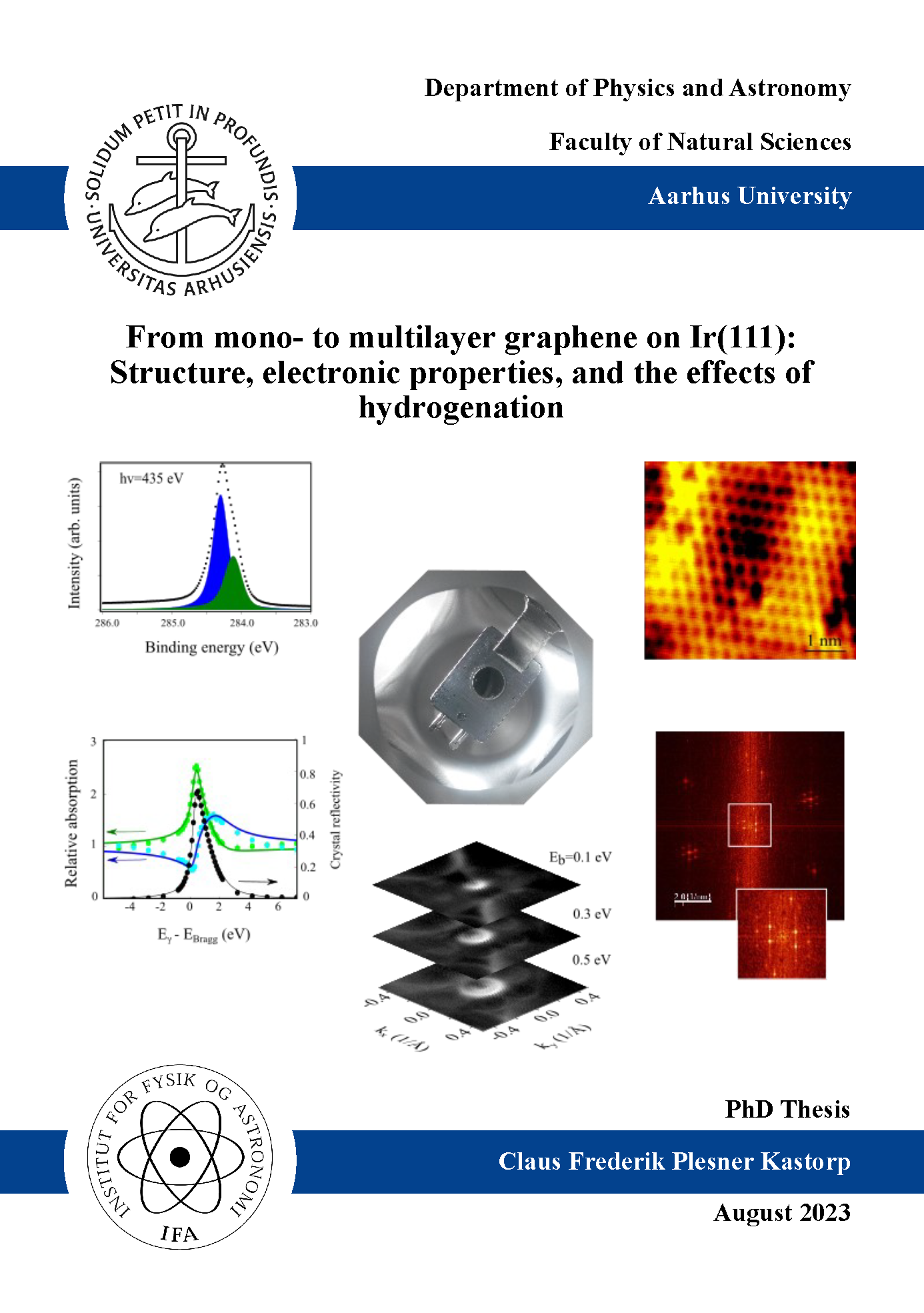The story of a PhD - Claus Kastorp
On 13th October Claus Kastorp successfully defended his PhD thesis

Claus spent his PhD experimenting on graphene-based materials under the supervision of Liv Hornekær. Initially, Claus worked in the Villum Center of Excellence for Dirac Materials. As he was working with carbonaceous surfaces and their chemical properties, it was a natural transition to the Center for Interstellar Catalysis when the center began.
Graphene has a range of interesting properties in its pristine form, while other desirable properties require modifications to the graphene sheet. One example is the electronic band gap that is introduced by functionalization with hydrogen. In Claus’ work, these modifications included hydrogen clusters on graphene on Ir(111), bilayer and few-layer graphene, and investigating the chemical pathways for turning bilayer graphene into ultrathin diamond films.
In each of these cases, multiple different surface science techniques were employed to create a detailed and coherent understanding of each structure. Notable results include:
- That when hydrogenated, graphene on Ir(111) forms covalent bonds to the metal atoms below.
- That Ir(111) modulates both layers of bilayer graphene, but the interaction is too weak to facilitate the transformation to diamond.
- That the XPS components for the C1s core level of hydrogenated graphene on Ir(111) were incompletely understood, and often incorrectly interpreted. This may sound like a question of purely academic interest, but it has potential implications on the results in several hundred articles over the past decade.
The defense took place on the 13th of September with Carsten Busse (Universität Siegen) and Jan Knudsen (Max IV/Lund University) as opponents.
